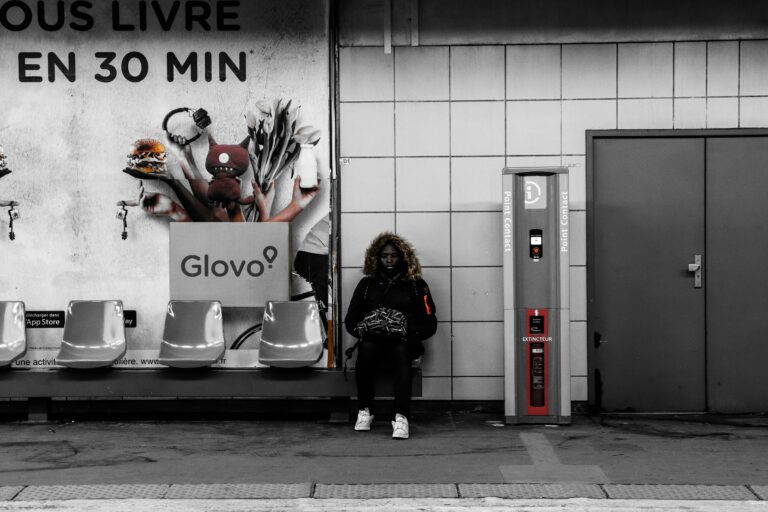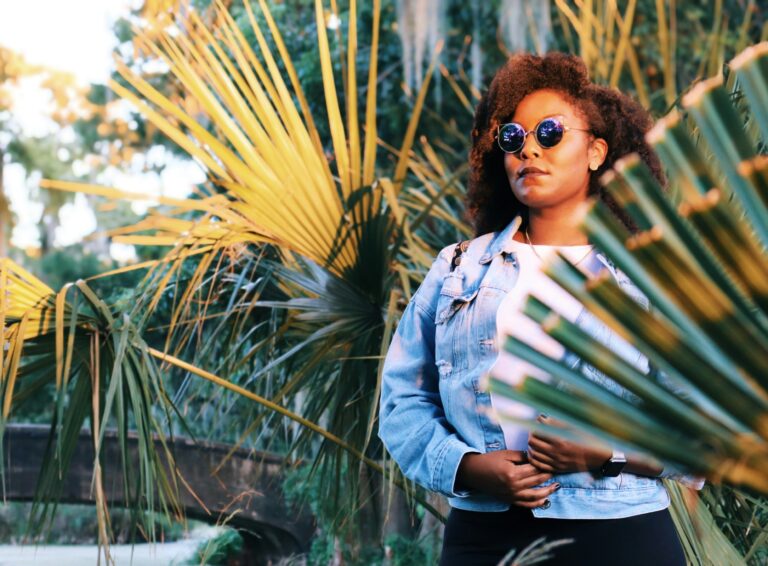Dreaming of becoming a clothing designer? This complete guide walks you through the education requirements, essential skills, and career steps needed to succeed in the fashion industry. From choosing the right fashion design programs to building a portfolio and landing your first job, learn how to turn your passion for clothing into a rewarding career.
How to Become a Clothing Designer: A Complete Guide to Fashion Designer Education & Career Path

Fashion design is one of the most creative and exciting career paths for those passionate about clothing, style, and self-expression. Becoming a clothing designer means combining artistic vision with practical skills to create garments that inspire and influence culture.
If you’re wondering how to become a clothing designer, what education is needed to be a fashion designer, or whether you can succeed without a formal degree, this detailed guide will walk you through every step—from education and qualifications to gaining experience and launching your career.
Contents
- 1 Table of Contents
- 2 1. What Does a Clothing Designer Do?
- 3 2. How to Become a Clothing Designer: An Overview
- 4 3. Education Needed to Be a Fashion Designer
- 5 4. Fashion Designer Qualifications and Skills Required
- 6 5. How to Become a Fashion Designer Without a Degree
- 7 6. Step-by-Step Guide to Starting Fashion Designing
- 8 7. How Long Does It Take to Become a Fashion Designer?
- 9 8. Building Your Fashion Designer Portfolio
- 10 9. Job Opportunities and Career Outlook
- 11 10. FAQs About Fashion Designer Education and Career
- 12 Final Thoughts
Table of Contents
- What Does a Clothing Designer Do?
- How to Become a Clothing Designer: An Overview
- Education Needed to Be a Fashion Designer
- Fashion Designer Qualifications and Skills Required
- How to Become a Fashion Designer Without a Degree
- Step-by-Step Guide to Starting Fashion Designing
- How Long Does It Take to Become a Fashion Designer?
- Building Your Fashion Designer Portfolio
- Job Opportunities and Career Outlook
- FAQs About Fashion Designer Education and Career
1. What Does a Clothing Designer Do?
Clothing designers, also known as fashion designers, conceptualize and create new clothing and accessory designs. Their work involves:
- Sketching design ideas
- Selecting fabrics, colors, and patterns
- Creating prototypes or samples
- Collaborating with manufacturers and marketers
- Staying on top of fashion trends and customer preferences
Designers can specialize in womenswear, menswear, childrenswear, sportswear, haute couture, or costume design, among other niches.
2. How to Become a Clothing Designer: An Overview
Becoming a clothing designer requires a blend of creativity, technical skills, and industry knowledge. Here’s a simplified roadmap:
- Gain foundational knowledge in art, design, and textiles.
- Pursue formal education or self-learning in fashion design.
- Develop a strong portfolio showcasing your designs.
- Gain hands-on experience through internships or apprenticeships.
- Build your network in the fashion industry.
- Apply for entry-level fashion designer jobs or launch your own label.
3. Education Needed to Be a Fashion Designer
While it’s possible to become a clothing designer without formal education, most professionals benefit from structured training. Here are common education pathways:
Fashion Design Degree Programs
- Associate Degree in Fashion Design: A 2-year program focusing on basic design principles, textiles, and garment construction. Ideal for entry-level roles or foundational skills.
- Bachelor’s Degree in Fashion Design: A 3-4 year program covering fashion history, design techniques, computer-aided design (CAD), pattern making, and fashion business. This is the most common and recommended route.
- Master’s Degree in Fashion Design: For advanced study, specialization, or teaching careers.
Related Degrees
- Textile Design
- Fashion Merchandising
- Fashion Marketing
- Apparel Engineering
Certificates & Diplomas
Short-term certificate courses are available for specific skills such as sewing, pattern drafting, or fashion illustration.
4. Fashion Designer Qualifications and Skills Required
Beyond education, fashion designers need specific qualifications and skills:
Creative Skills
- Strong sense of style and aesthetics
- Ability to create innovative and marketable designs
- Drawing and sketching skills (traditional and digital)
Technical Skills
- Knowledge of sewing, draping, and garment construction
- Familiarity with CAD software like Adobe Illustrator and CLO3D
- Understanding of textiles and fabrics
Business Skills
- Knowledge of fashion marketing and merchandising
- Project management and teamwork
- Trend forecasting and consumer behavior
Personal Attributes
- Passion and persistence
- Attention to detail
- Adaptability to fast-changing fashion trends
5. How to Become a Fashion Designer Without a Degree
Not everyone has the means or desire to pursue a formal degree. Here are ways to succeed without one:
- Self-Study: Use online courses, tutorials, and books to learn design fundamentals.
- Build a Portfolio: Create your own designs, sew garments, or digitally illustrate your concepts.
- Internships & Apprenticeships: Learn directly from industry professionals.
- Networking: Attend fashion events and engage with designers on social media.
- Freelance Work: Start designing for small brands or custom clients to build your reputation.
6. Step-by-Step Guide to Starting Fashion Designing
Step 1: Learn the Basics
Start with foundational art and design skills. Practice sketching, fabric knowledge, and sewing basics.
Step 2: Explore Fashion Design Courses
Enroll in fashion programs or free online courses covering fashion history, textiles, and technical skills.
Step 3: Create Your First Designs
Draw inspiration from current trends, culture, or your own imagination to create unique designs.
Step 4: Practice Sewing and Garment Construction
Understanding how clothes are made improves your design practicality.
Step 5: Build a Portfolio
Document your best sketches, photographs of garments, and digital illustrations.
Step 6: Gain Experience
Apply for internships, assistant roles, or volunteer at fashion shows.
Step 7: Launch Your Career
Look for entry-level jobs or start your own brand.
7. How Long Does It Take to Become a Fashion Designer?
- With Formal Education: 3 to 4 years (Bachelor’s degree) plus 1-2 years of internships or junior roles.
- Without Degree: Timeline varies based on your commitment, learning pace, and opportunities. Usually, 2 to 5 years to build a strong portfolio and industry presence.
8. Building Your Fashion Designer Portfolio
Your portfolio is your most important tool to showcase talent.
What to Include:
- Hand-drawn and digital sketches
- Photos of finished garments or samples
- Mood boards and inspiration themes
- Technical drawings (flat sketches)
- Collaborations and projects
- Any press or accolades
Update your portfolio regularly and consider an online version or website.
9. Job Opportunities and Career Outlook
Where to Work
- Fashion houses and design studios
- Apparel manufacturers
- Retail brands and online stores
- Costume design for film, theater, and TV
- Freelance design and consulting
Career Growth
Experienced designers can become creative directors, brand managers, or launch their own labels.
Salary Expectations
Varies widely by location, experience, and employer—from entry-level positions earning modestly to top designers earning six-figure salaries.
10. FAQs About Fashion Designer Education and Career
Q: What degree do you need to be a fashion designer?
A: A bachelor’s degree in fashion design is most common, but related degrees or self-learning can also work.
Q: Can I become a clothing designer without a degree?
A: Yes, many successful designers started without formal education by building skills and a strong portfolio.
Q: How long does it take to become a fashion designer?
A: Typically 3-5 years, depending on education and experience.
Q: What skills do fashion designers need?
A: Creativity, sewing knowledge, CAD software skills, understanding fabrics, and business acumen.
Q: How do I start fashion designing?
A: Learn design basics, build a portfolio, gain hands-on experience, and network in the industry.
Final Thoughts
Becoming a clothing designer requires passion, dedication, and continuous learning. Whether you pursue formal education or carve your own path, success in fashion comes down to your creativity, skills, and ability to adapt to a fast-paced, ever-evolving industry.
Start today by sketching your ideas, taking fashion courses, and reaching out to the vibrant fashion community — your journey to becoming a designer starts now!

Shikha Singh
Keep in touch with our news & offers
Subscribe to Our Newsletter
Thank you for subscribing to the newsletter.
Oops. Something went wrong. Please try again later.






